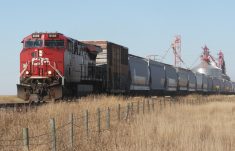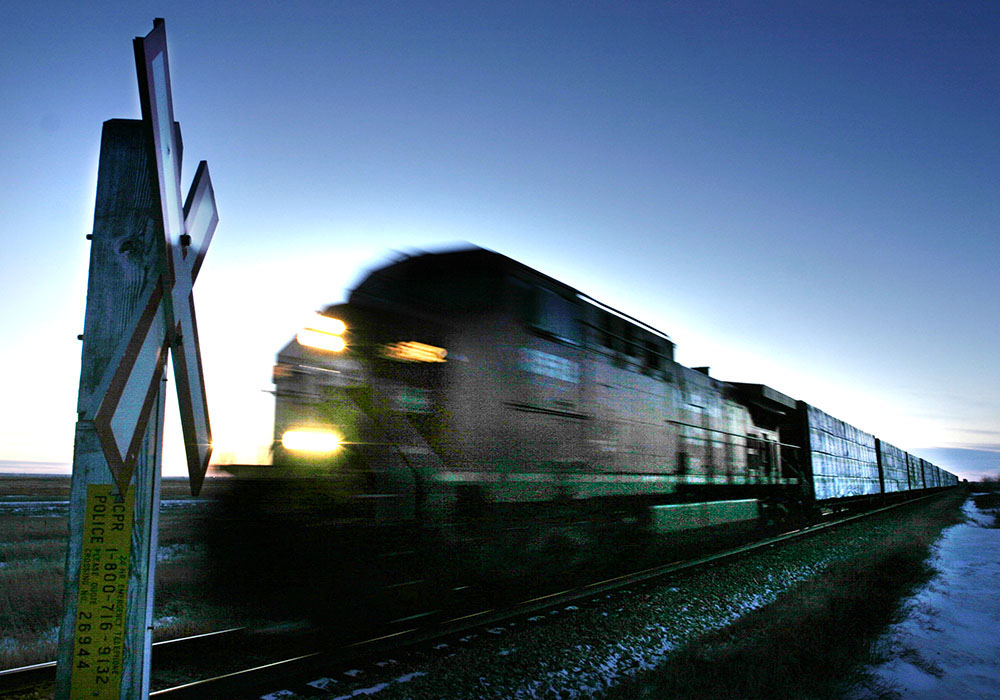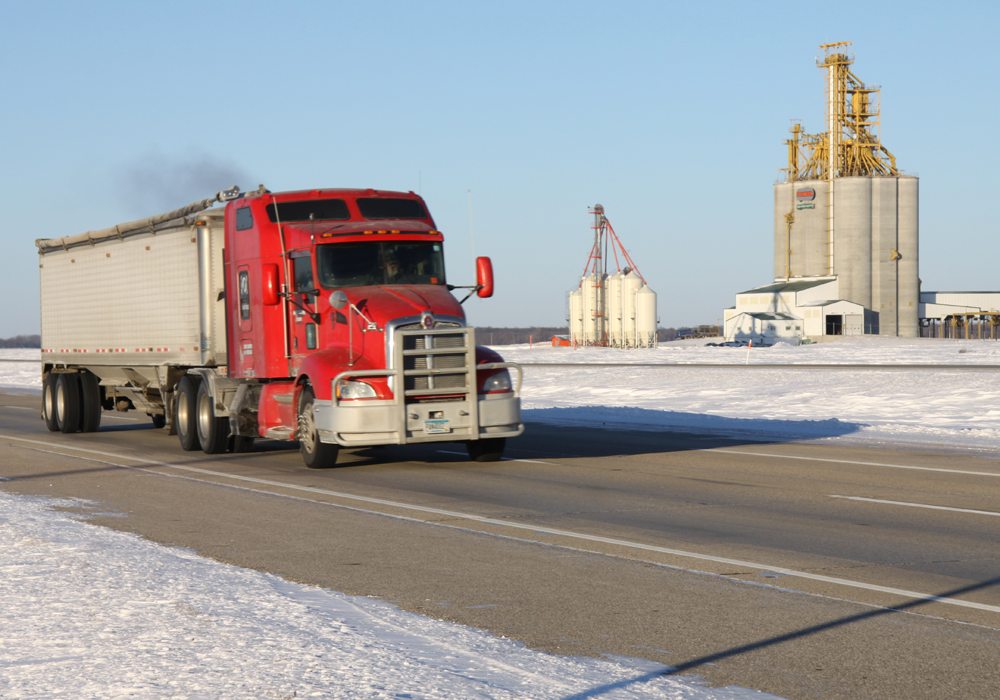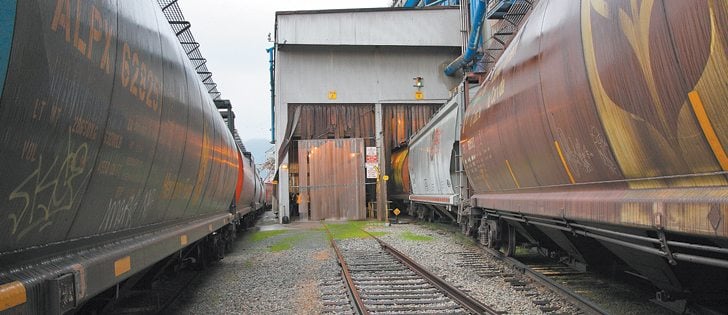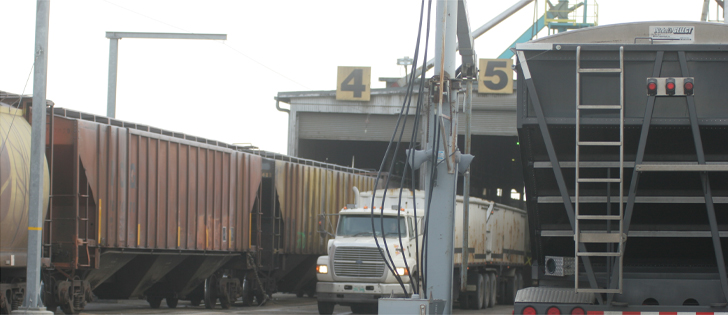Be careful what you wish for | Critics say cap removal won’t boost efficiency, just rail profits
Grain groups should reconsider their calls for an end to the railway revenue cap, says a grain transportation expert.
“I would urge caution on the part of anybody who is looking to take away the revenue cap,” said Mark Hemmes, president of Quorum Corp., the government appointed monitor of Canada’s prairie grain handling and transportation system.
“There isn’t any evidence that says just by allowing (railways) to charge more money that all of the sudden you get better service.”
Federal agriculture minister Gerry Ritz said the proposal for eliminating the revenue cap will be on the table when Transport Canada conducts its 2015 rail review.
Read Also

Farming Smarter receives financial boost from Alberta government for potato research
Farming Smarter near Lethbridge got a boost to its research equipment, thanks to the Alberta government’s increase in funding for research associations.
“This is one solution some farm groups have been musing about that we should look at, but I’m not about to support giving the railways freedom to charge whatever the market will bear,” Ritz said during a recent conference call.
Mercantile Consulting Venture and Agri-Trend are the latest groups to weigh in on the issue.
They sent a joint letter to Ritz proposing that the government cancel the cap immediately and instead determine a minimum grain tonnage the railways have to carry each year. They suggested 39 million tonnes for this crop year.
Marlene Boersch, partner in Mercantile Consulting Venture, said Agriculture Canada is forecasting a 13 million tonne increase in total grain and oilseed carryout in 2013-14.
Using Agriculture Canada’s monthly average prices, she calculated that that represents $3.72 billion that will not be entering the Canadian economy, partly because of a 40,000 rail car shortfall between grain company demand and railway company supply.
“It’s affecting everyone in the economy, not only farmers,” said Boersch.
The federal government recently announced it will conduct a five-year review of the Canadian grain logistics system.
“I find it very disappointing that out of that (Crop Logistics Working Group) meeting in Winnipeg, the only outcome is a study,” said Boersch.
“Sitting and studying is not doing anything for year two or three or five.”
Boersch said railways are selling locomotives and hopper cars and getting rid of employees at a time when growers can’t move the grain piled on their farms.
She doesn’t think that would happen if railways faced penalties if they didn’t meet a minimum grain tonnage target.
“We need to change the regulator framework around the duopoly. That’s what this is about,” said Boersch.
The idea is percolating around the agriculture community. Eliminating the revenue cap was recently discussed at SaskCanola’s annual general meeting and has been making the rounds on Twitter.
Hemmes said there is no evidence that the tactic will deliver the results farmers are seeking. Other commodity groups that pay higher rates are experiencing similar service problems as agriculture.
The only factor that appears to result in better service is competitive forces. All but one potash mine is serviced by both railways, and oil can move by pipeline.
By contrast, most grain elevators are captive to one railway. The railways know the grain will eventually move down their tracks, so raising rates may simply result in a widening basis for farmers and the same disappointing service.
Hemmes said there are no short-term fixes for this year’s grain transportation problem. He isn’t an apologist for the railways, but up until Sept. 1 they were planning to move the same volume of grain as the previous year.
“The grain companies and everybody else around them was saying, ‘yah, that’s probably a pretty good bet,’ ” said Hemmes.
Everybody was caught off guard by a harvest that shattered the previous record.
“The fact is you don’t run down to the corner store and buy a bunch of locomotives. You can’t go to manpower and temporary services and pick up locomotive engineers and conductors. It’s a six to eight month planning cycle,” he said.






